Safety Color Code for Marking Physical Hazards

As featured in the January 2022 edition of Workplace Material Handling & Safety
Safety marking and safety signage in the workplace is an important component of an overall safety program - and color is key to making it instantly recognizable. It helps people identify the nature of a hazard at a glance. OSHA's safety color code regulation makes use of primary colors which have general, commonly understood associations. Red in the workplace, for example, represents danger or the need to immediately stop an action or a movement, just as it does in traffic stop signs. Yellow denotes a warning. Red warns of a certain hazard, while yellow alerts people to potential threats. In short, colors are an effective way to raise awareness about hazards and help prevent incidents.
"Visual communication in the workplace is standardized by signs and color codes and has become an important method for communicating hazards. OSHA and ANSI have identified specific safety colors for consistency within the U.S. It is imperative that employers maintain their safety signage within the workspace to properly communicate potential hazards and keep their equipment compliant. To assist in this maintenance, Markal® has created Paint-Riter®+ Safety Colors liquid paint markers which are formulated to make durable marks that meet the OSHA and ANSI color standard for safety identification. Paint-Riter®+ Safety Colors markers can be used for touch-up work of safety-colored equipment or signage and can be used for OSHA compliant general marking applications."
- Don Rice. Senior Product Manager, LA-CO Industries, Inc.
Provisions of the requirement
Red - Per OSHA 1910.144. red shall be the basic color for the identification of: Fire protection equipment and apparatus. It should also be used to indicate:
- Danger. On safety cans or other portable containers of flammable liquids having a flash point at or below 80° F, table containers of flammable liquids (open cup tester), excluding shipping containers, shall be painted red with some additional clearly visible identification either in the form of a yellow band around the can or the name of the contents conspicuously stenciled or painted on the can in yellow. Red lights shall be provided at barricades and at temporary obstructions. Danger signs shall be painted red.
- Stop. Emergency stop bars on hazardous machines such as rubber mills, wire blocks, flat work ironers, etc. shall be red. Stop buttons or electrical switches which letters or other markings appear, used for emergency stopping of machinery shall be red.
Yellow - Yellow shall be the basic color for designating caution and for marking physical hazards such as: Striking against, stumbling, falling, tripping and "caught in between."
How color is perceived
Light is made up of wavelengths, which fall along various parts of the spectrum and thus, appear to be different colors. When we "see" a color, light travels into the eye and interacts with receptors in the retina. Those receptors send messages about perceived color to the brain, which activates familiar associations with the colors being seen. Yellow is the most visible color in the spectrum, and the first one the eye will notice. Red, which also has a long wavelength, is the second most visible. In color psychology, though, red is the most intense hue, which is why it is universally used to warn of impending danger.
In order to comply with the regulation, managers must conduct a thorough safety assessment of the facilities and applications for which they are responsible, and identify areas, equipment and tasks which should be marked with red or yellow. In addition to the uses specified in OSHA 1910.144, red and yellow can be used to draw attention to:
- The need to use personal protective equipment
- The location of emergency equipment
- Communicate prohibited actions
- Communicate mandatory action
- Highlight health and safety warnings
- Mark specific dangers, such as wet floors
- Indicate emergency exits
Compliance
Industrial grade paint and ink markers may be used to comply with OSHA 1910.144. Choosing the right markers requires identifying the types of surfaces on which they'll be used and determining whether the markings will need to be fast-drying, and permanent or semi-permanent. Paint markers, for instance, are optimal in situations that require wear- and extreme-temperature resistance. Ink markers are appropriate where the markings will need to be semi-permanent, as they can be removed with solvents. Paint markers can be used on smooth, rusty or clean surfaces and in operations that require quality control during manufacturing, and then a clean surface for painting, powder-coating or plating. There are low-corrosion markers that are appropriate for use on stainless steel and other alloy metals. WMHS
Increase your knowledge
OSHA 1910.145 recommends additional color coding:
- Orange for CAUTION
- Fluorescent orange or orange-red for BIOLOGICAL HAZARD
- Read OSHA 1910.144, visit: https://tinyur1.com/2p8fzs6a
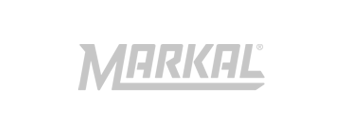
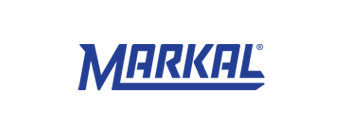
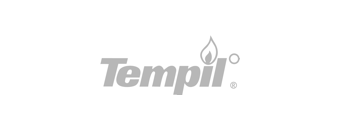
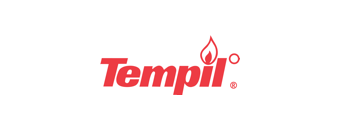

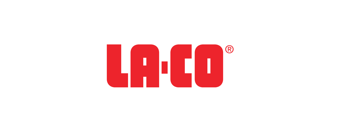

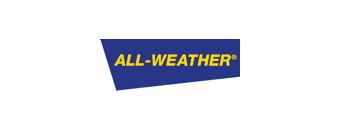











Comments 0